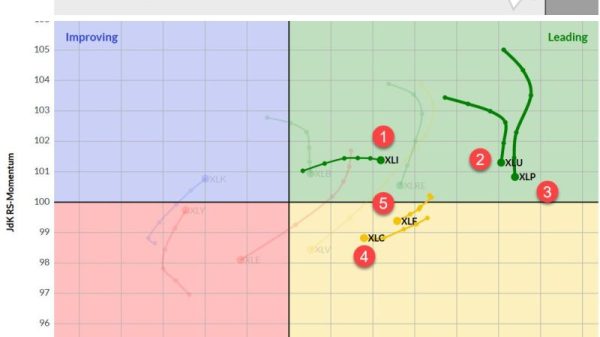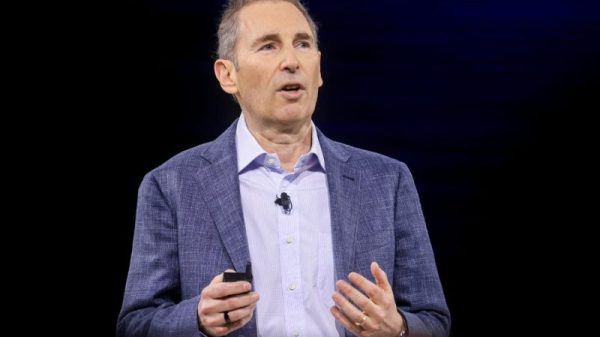Andrew C. Forrester
The Office of Management and Budget (OMB) is working on a plan to update how the government collects information about race and ethnicity in the United States. Their goal is to better represent the diverse American population and simplify self‐reporting on forms and surveys.
Over the most recent decade, the U.S. Census Bureau finds that the population identifying as multiracial increased dramatically since 2010. Given substantial demographic change over past decades, the OMB contends that the current racial and ethnic reporting standards set by Statistical Policy Directive 15 (SPD15) in 1997 need updating.
In a recent Cato Briefing Paper, I use public data to model the proposed OMB categories and analyze each group’s demographic and socioeconomic characteristics. Below is a summary of my Cato brief. Please read the longer version for more details.
Background
The current standards ask about race and ethnicity in two separate questions, designed to provide a “minimum set” of categories that can be used consistently across different sources. This means that the categories must be detailed enough to allow respondents to best self‐report their background but broad enough to be compiled into a few consistent groups. The current categories are shown below.
Figure 1
Current Race and Ethnicity Categories
After consulting an interagency group of experts, the OMB proposed the following key changes:
Collapsing race and ethnicity into a single query that adds Hispanic or Latino origin as a separate race category.
Introducing a separate race category for those of Middle Eastern or North African (MENA) descent.
Obtaining by default more detailed racial breakouts within the updated racial categories.
The proposed standards are especially important, as they define how the government collects and understands demographic and socioeconomic trends,[1] administers civil rights enforcement laws,[2] and administers federal programs and grantmaking.[3] It is therefore critical to understand how data collected under the proposed classifications might alter each process.
Methodology
Using public‐use microdata from American Community Survey (ACS) (published by IPUMS), I classified respondents in the ACS as MENA if: a) they reported a MENA ancestry or b) they were born in a MENA country. This broad classification follows similar work by the Migration Policy Institute and captures the MENA diaspora, or those likely to have some ancestral ties to the MENA region. With the MENA respondents identified, I approximated the proposed OMB measure by coding respondents as Hispanic or Latino — regardless of race — using the ethnicity question.
I then developed demographic and economic profiles for each group like the ACS Data Profiles, which contain frequently requested statistics on the American population. The tables draw on the wealth of social and economic information in the ACS, including age, sex, employment status, income, and educational attainment, among other things. Among the full set of tabulations (available in the paper here), here are a few stylized facts about the MENA population in 2021.
Stylized Facts
The MENA population is highly educated. Over 53 percent of MENA respondents who are ages 25 and older hold a bachelor’s degree or higher, compared to the White population at 38.6 percent and just below the Asian population at 56.8 percent.
Figure 2
Educational Attainment by Race and Ethnicity, Population Ages 25 and Over
The MENA population has high incomes. MENA households have a median income of $74,000, higher than that of White households ($73,000 and below that of Asian households ($99,000).
Figure 3
Median Household Income by Race and Ethnicity
The majority of the MENA population is foreign‐born and most are naturalized. 58 percent of the MENA population is foreign‐born, of which 70 percent are naturalized citizens. MENA immigrants are about 5 percent of the foreign‐born population in the United States.
Figure 4
Nativity and Citizenship by Race and Ethnicity
Further Work
The OMB expects to have a revision to SPD 15 set by the Summer of 2024. In the meantime, this methodology provides a useful benchmark to the OMB’s proposal using current data — especially with detailed race and ethnicity results just released by the U.S. Census Bureau.
For more demographic and technical details, please check out my Cato brief, and check out more analysis by Cato adjunct scholar John F. Early. My codes are available on GitHub to anyone interested in replicating or exploring this further.
[1] For example, data collections through household surveys like the Current Population Survey (CPS) and the American Community Survey (ACS) among many others.
[2] For example, employment, mortgage applications, and school enrollment forms among many others.
[3] For example, grant‐making at the National Institutes of Health (NIH)



























